Historically, student movements have been started out of prayer. One of the most influential prayer meetings can be traced back to the impact of one student, Samuel J. Mills, Jr. Samuel was born on April 21, 1783 in Torringford, Connecticut. His father was a congregational minister and it is reported that his mother prayed that Samuel would become a foreign missionary. What was amazing about that prayer is that at that time there were no missionary societies! At age 17, Mills became a Christian during part of the Great Awakening that started in 1798 in his father’s church.
In 1806, he headed off to Williams College in Massachusetts. Faithfully, on Wednesdays and Saturdays, Mills attended a prayer meeting with other students on the banks of the Hoosack River or in a valley near the college. One Saturday afternoon when returning from their prayer meeting, they were caught in a thunderstorm. Seeking shelter under a haystack, these 5 men continued praying that the Lord would send out missionaries from their college and other colleges in the area to Asia (they had been studying about Asia in their geography classes). Mills, the leader of the group, asked if the other four men to commit themselves to missionary service, which he saw as the primary duty of all Christians. Mills then famously said, “We can do this if we will.” Thus was birthed the Haystack Prayer Meeting. These five men became the first American student volunteers to take the gospel to the nations. They devoted themselves to serve wherever God needed them. This group became established as the ‘Society of Brethren’, a group whose objective was to promote the idea of establishing missions outside of the U.S. Following the footsteps of Mills, many mission societies were started on campuses across the U.S. After graduating from Williams College, Mills enrolled in Andover Theological Seminary in 1810. That same year he was instrumental in establishing the American Board of Commissioners for Foreign Missions. This was the very first mission-sending organization in the U.S. and in 1812 the first American Board missionaries sailed for India, Adoniram Judson being one of the first five sent.
While many of his friends were going overseas, Mills was asked to stay home to fuel further missionary interest among the churches in America and to help survey missionary possibilities in the Western frontier of the U.S. Mills spent much of his life doing missions in the Ohio and Mississippi valleys, in the Southwest United States, and in New Orleans. In early 1915, while in New Orleans, no Bibles were available to purchase, so Mills acquired a supply in both French and English and distributed them. Upon learning that seventy to eighty thousand families in the south were without a Bible, Mills became a main contender of establishing the American Bible Society. Mills also helped in creating many other mission agencies and works such as The United Foreign Missionary Society and The American Baptist Missionary Union.
Before he died at 35, Mills finally got to see his dream come true and traveled overseas. He had a vision of free slaves and send them as missionaries to evangelize Africa, and in 1817 he went to Africa to look for possible places to start his work. On June 16, 1818, just 12 years after the haystack prayer meeting, Samuel J. Mills, Jr. became ill at sea on his way back from Africa and died. As a result of Samuel Mill’s work, thousands of missionaries volunteered to proclaim the good news to the coasts of Africa, India, and Asia. Mills was called the “Father of foreign mission work in Christian America”. And isn’t it amazing that the whole missionary movement of North America can trace its roots back to that haystack prayer meeting, which was started all by one student who just wanted to obey the commands of God!
Sources
Howard, David M. Student Power in World Missions. Intervarsity Christian Press, 1979.



